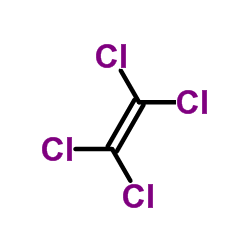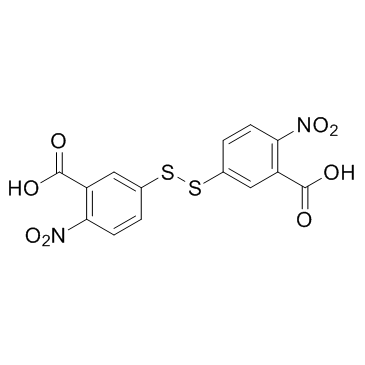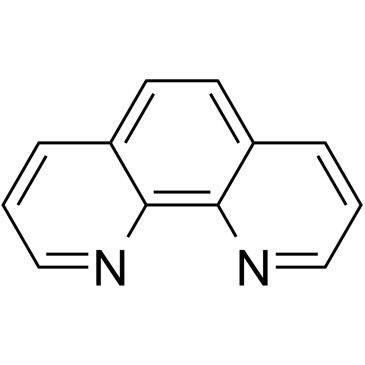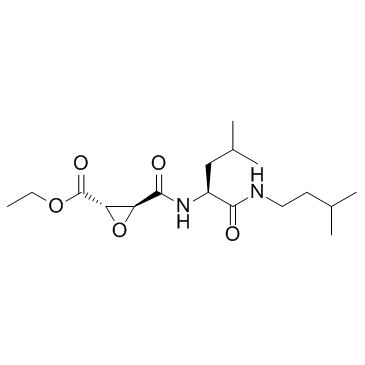| Structure | Name/CAS No. | Articles |
|---|---|---|
 |
sodium chloride
CAS:7647-14-5 |
|
 |
Tetrachloroethylene
CAS:127-18-4 |
|
 |
DTNB
CAS:69-78-3 |
|
 |
SODIUM CHLORIDE-35 CL
CAS:20510-55-8 |
|
 |
1,10-Phenanthroline
CAS:66-71-7 |
|
 |
E-64d
CAS:88321-09-9 |
|
 |
Ethylenediaminetetraacetic acid
CAS:60-00-4 |
|
 |
Maltose
CAS:69-79-4 |